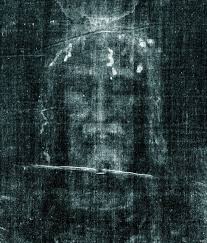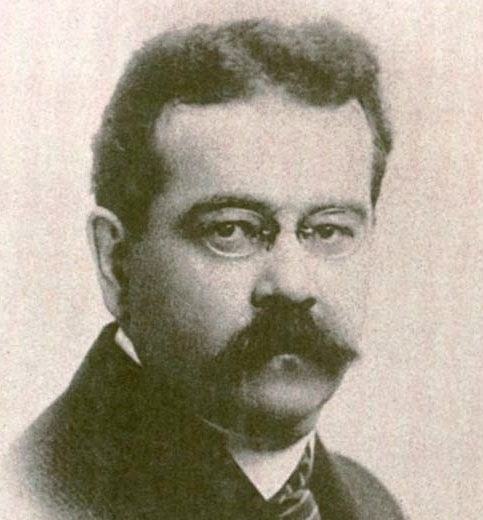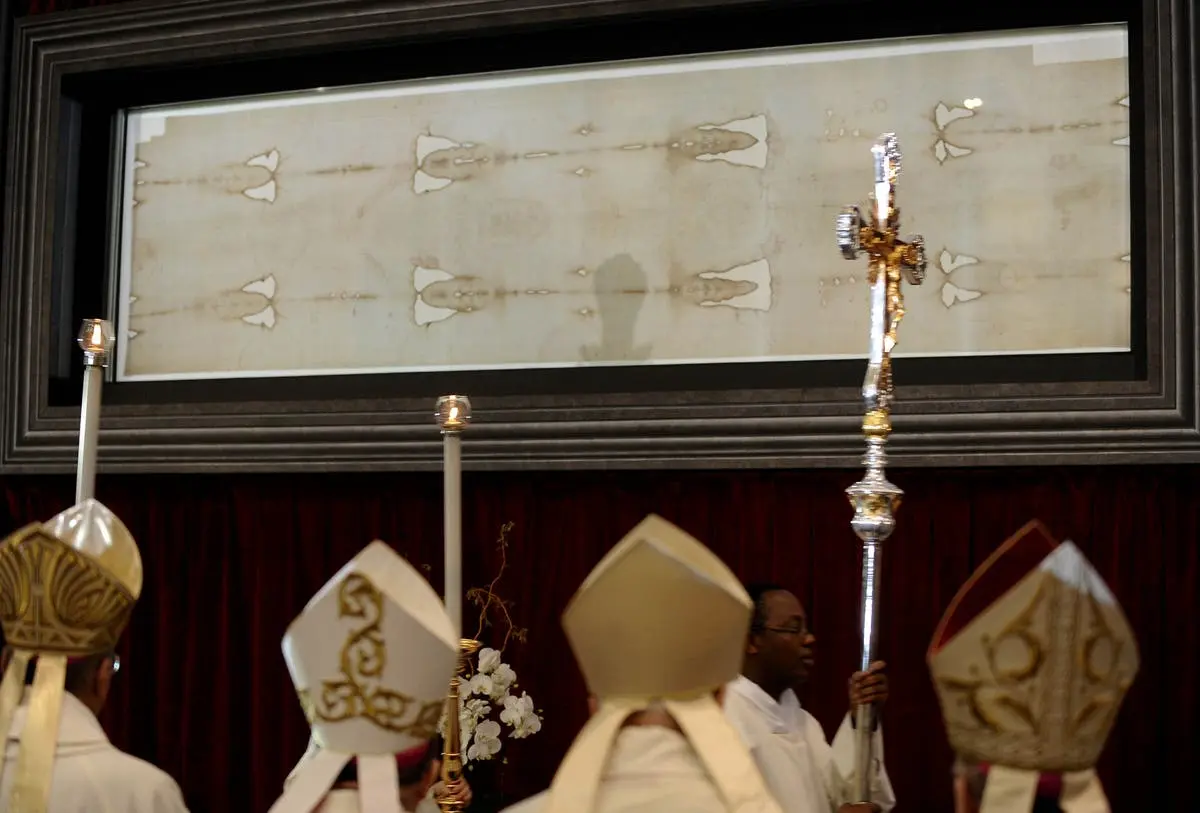The world’s most studied archaeological artefact has been subject to scrutiny since it first emerged in 1350s, bearing the faint image of a man that some believe to be an imprint of Jesus.
A few decades after the shroud’s apppearance, Bishop Pierre d’Arcis of Troyes wrote a memorandum in 1389 denouncing it as a forgery.
But the cloth, housed in the Cathedral of St John the Baptist in Turin, continued to be studied and scrutinised.
A controversial study carried out in the 1980s dated the shroud to between 1260AD and 1390AD, branding it as a medieval forgery.
…
The new study, using X-rays to inspect linen threads from the shroud, traces its origin all the way back to the time of Jesus.
Though the study, published in the journal Heritage, falls short of concluding whether the shroud was actually Jesus’s burial cloth, it dates its origin to 2,000 years ago.
“The experimental results are compatible with the hypothesis that the Turin Shroud is a 2000-year-old relic,” it says, claiming previous analysis might have been flawed due to contamination.
Researchers say cellulose contained in the shroud’s fibres has aged slowly since the 14th century due to lower room temperatures in Europe.
This means that most of the cloth’s natural ageing, about 90 per cent, ocurred before the 1300s.
There is a catch, however.
Scientists say that the shroud can conclusively be said to be 20 centuries old only if there is further evidence showing the relic was kept safely at an average temperature of about 22C and relative humidity of around 55 per cent for 13 centuries before it emerged.
That “ACTUALLY” is doing a lot of heavy lifting, even before we get to the rather important (and unknowable) assumptions:
Scientists say that the shroud can conclusively be said to be 20 centuries old only if there is further evidence showing the relic was kept safely at an average temperature of about 22C and relative humidity of around 55 per cent for 13 centuries before it emerged.
All that before we consider the rather iffy dating technique - I’ll take radiocarbon dating over that any day, although I’ll acknowledge that there are problems with the study done on the Shroud. However, the technology has moved on (Hell I got a tour of Oxford’s AMS facility in the 90s and it was impressive then) and sample sizes needed are much smaller. So if the authorities are genuinely interested in “solving” this, then that’s the way to go. Still won’t prove it’s Jesus’ shroud but that won’t stop someone from trying to clone him.
We dont even have solid proof he existed.
I think most historians these days accept there was a guy named Jesus who was crucified. I seem to remember it was even mentioned in a letter by a Roman to someone in Iran/Iraq (possibly), something along the lines of “and they crucified that Jesus”.
I think he did exist, but was probably known to the authorities as being a bit of a problem rather than being god/son of god/holy goat [delete as appropriate].
I reckon at most this is just crucifixion merch, probably from some time later.
They want to use this. Nicely tautological.
Glad you posted this; I hate clickbait titles. I remember seeing an analysis of the cloth years ago that stated that even if the cloth comes from the same era, and even if it’s an actual burial cloth, and even if keeping a cloth on you for three days would result in an imprint, any resulting image would have to be morphed cylindrically to be realistic. So just dating it to Roman times does nothing to solve the issue with what the image looks like. But, like you, I am much more inclined to believe radiocarbon dating. Further, let’s be real: how many times have you taken a shirt off and there’s an image of you on the inside of the shirt? The whole idea of the shroud is infantile.
Further, let’s be real: how many times have you taken a shirt off and there’s an image of you on the inside of the shirt?
I must admit that I haven’t ever checked. Perhaps I am the Messiah and am destroying the evidence every wash day. My bed sheets on the other hand…

It’s not.
From John 19:
"40 Then took they the body of Jesus, and wound it in linen clothes with the spices, as the manner of the Jews is to bury.
41 Now in the place where he was crucified there was a garden; and in the garden a new sepulchre, wherein was never man yet laid.
42 There laid they Jesus therefore because of the Jews’ preparation day; for the sepulchre was nigh at hand."
Key line, “as the manner of the Jews is to bury.”
So what are Jewish burial rites?
“In line with Jewish law, the body is washed (Tahara) but not embalmed, before being dressed in a plain burial shroud. This is overseen by a group of Jewish men and women, known as the Chevra Kadisha, who remain with the body until burial to ensure it is protected and prepared according to Jewish funeral traditions. During this time, the men will often wear a prayer shawl (‘tallit’).”
The body is washed before being enshrouded.
Meaning the crown of thorns and blood would have all been removed.

Corpses do not bleed. There would have been no bloodstains had this been an actual burial shroud.
Why does it look more like an image projected onto a flat surface than something unwrapped? It should look more like a flat texture map used in rendering if it was from a cloth wrapped around a body.
https://www.3dscanstore.com/textures/face-texture-maps/male-053-albedo-map-1
Why does it look more like an image projected onto a flat surface than something unwrapped?
There have been some suggestions that this could be a Middle Ages fake done using something like a pinhole camera to project an image onto the cloth and a chemical process would have then fixed it. Some have even gone as far as saying it may have been done by Da Vinci and that’s been pushed further to hypothesise that the model for the image was Leonardo himself. It all gets increasingly unlikely but whether it is a projection or painting, as you say, it doesn’t look like a cloth wrapped around a body and flattened out, which would distort the image that we see. I suspect someone like Leonardo Da Vinci would have figured that one out.
So even the theories of it being a fake manage to be intriguing!
Oh wow a thing is old. Who the fuck cares shut up about this garbage, the Media.





